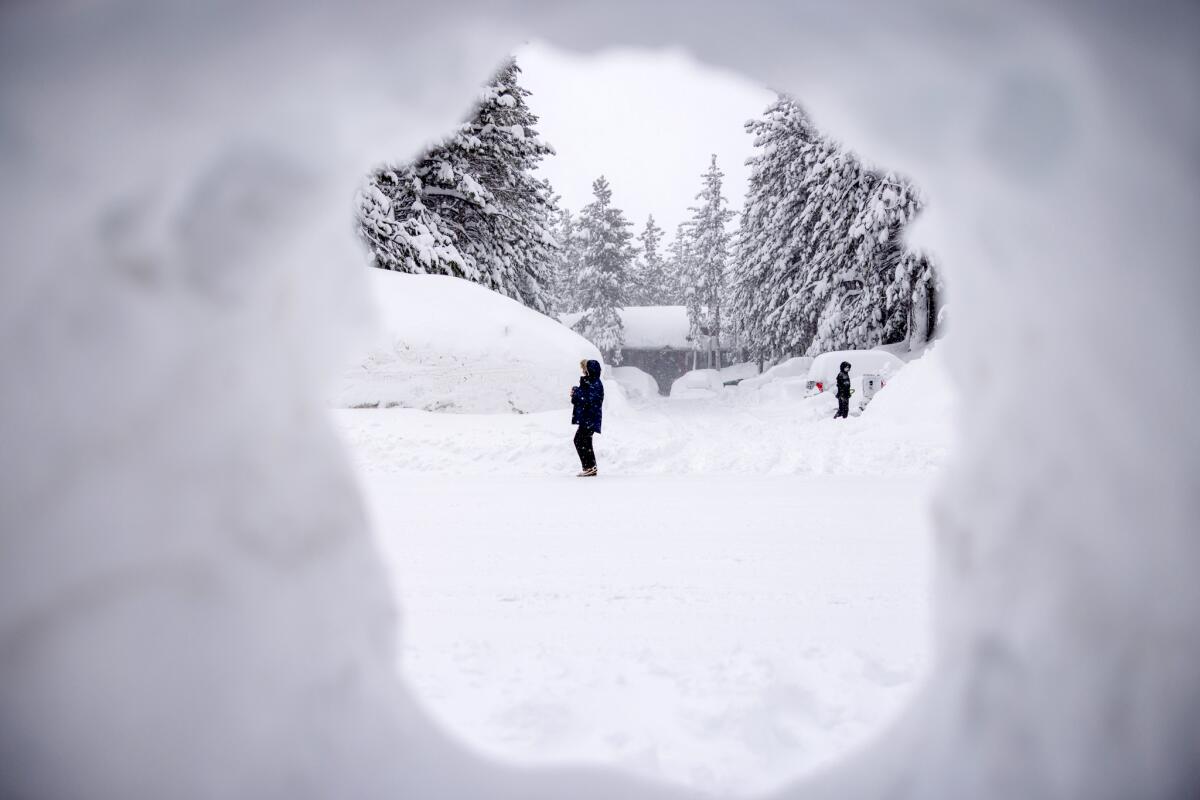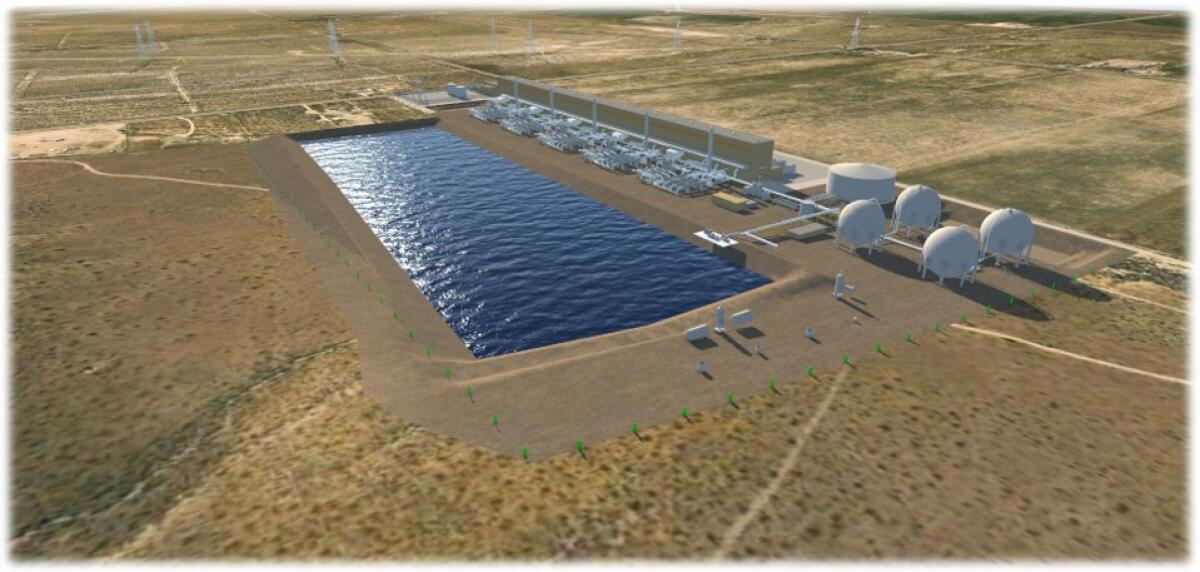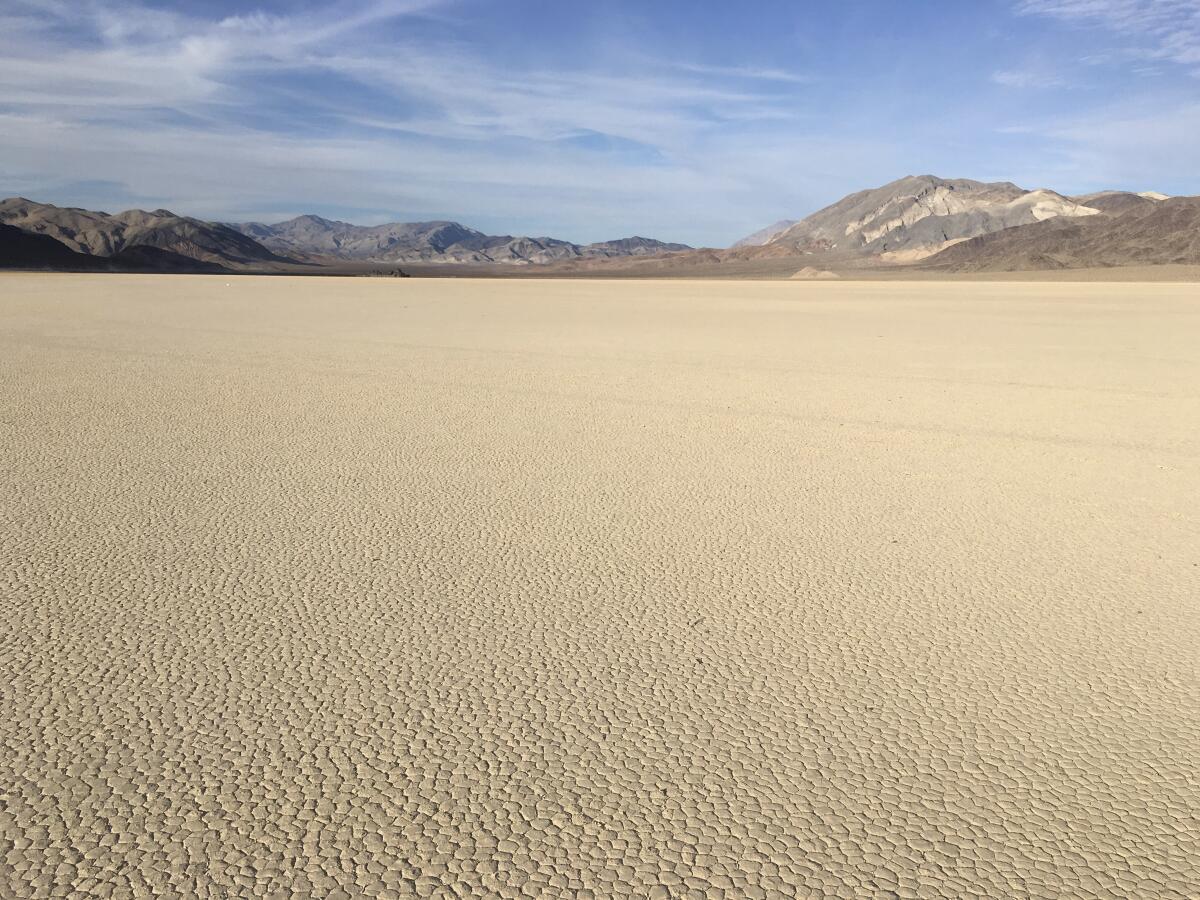What does all this rain and snow mean for California’s drought?

- Share via
Good morning, and welcome to the Essential California newsletter. It’s Friday, Jan. 13. I’m Ryan Fonseca.
After weeks of parading atmospheric rivers (and more storms moving through the state this weekend), where do we stand with California’s historic drought?
One expert told The Mercury News that the drought “will end” if atmospheric rivers continue to push storms onshore in the coming weeks. That assertion was later walked back by Michael Anderson, our state’s climatologist, though the National Weather Service shared this promising-looking chart.
Experts say we should avoid celebrating too soon, because a few weeks of storms won’t undo years of drought.
The improved short-term conditions don’t mean the drought is over. We’re almost a third of the way into the state’s water year, which begins in October. That timeframe is used to measure and compare hydrology records, which determine “dry years” and drought levels.
Andrew Schwartz from the UC Berkeley Central Sierra Snow Laboratory told my colleaugue Hayley Smith that this winter could “prevent us from going into further drought, if not help pull us out of the drought.” But that’s “assuming we don’t see complete and absolute dryness like we did last year,” he noted.
As Smith reported this week, snowpack levels are hitting record highs for this early in the winter season. She wrote:
“the Sierra snowpack on Wednesday measured 102% of its April 1 average, referring to the end-of-season date when snowpack in California is usually at its deepest. This is the first time that’s happened on Jan. 11 in at least 20 years.”
But while last December brought decent rain, it was followed by the driest January and February on record. If we get similar conditions in the coming months, the drought really isn’t going anywhere.
So just how much of a dent could these storms put in the drought?
That really depends on where you are in California.
As Jeffrey Mount, senior fellow at the Public Policy Institute of California, recently explained to CalMatters, some urban areas will see their reservoirs fill up thanks to recent rain, but for places like the Central Valley, where many groundwater wells have run dry, it would take years of similar storm systems to replenish aquifers.
And we’re not out of the clouds yet. Federal forecasters are warning of “renewed flooding concerns” for parts of Northern California with the incoming rain today and Saturday. Down in SoCal, NWS officials say we’ll get much less rain over the next four to six days than earlier this week, with “mainly minor impacts expected.”
And now, here’s what’s happening across California:
Note: Some of the sites we link to may limit the number of stories you can access without subscribing.
Check out "The Times" podcast for essential news and more
These days, waking up to current events can be, well, daunting. If you’re seeking a more balanced news diet, “The Times” podcast is for you. Gustavo Arellano, along with a diverse set of reporters from the award-winning L.A. Times newsroom, delivers the most interesting stories from the Los Angeles Times every Monday, Wednesday and Friday. Listen and subscribe wherever you get your podcasts.
POLITICS AND GOVERNMENT
An L.A. leader wants to look at removing guns from LAPD officers at City Council meetings. First-term Councilmember Eunisses Hernandez says she wants to create a “mediation based model” for restoring order in council chambers. Disruption has become a regular occurrence, as attendees continue to demand that Councilmember Kevin de León resign for his role in leaked racist recordings. Los Angeles Times
The federal government and at least 20 U.S. states have banned TikTok from government phones, citing fears the the Chinese government could use the popular app to spy on Americans. Will California join them? Some state legislators are floating bills. CBS News
CRIME, COURTS AND POLICING
What’s behind a spike in killings of children and teens in Oakland? The city’s police department says at least 23 youth under 18 were murdered in the pandemic’s first two years. The troubling surge mirrors national patterns of gun violence, which is now the leading cause of death for minors in the U.S.San Francisco Chronicle
After three recent deaths occurred during or after encounters with L.A. police officers, the department has released video of each incident. In one case, officers shot and killed Takar Smith during what’s been described as a mental health incident. The department’s Mental Evaluation Unit was designed to respond to calls like that to de-escalate violent situations. But as my colleague Libor Jany reports, “no one suggested calling the unit” before entering an apartment and shooting Smith. Los Angeles Times
Should student noise be considered an environmental impact? It could at UC Berkeley, where a plan to build new student housing is facing scrutiny from a state appeals court. The project led to protests from some neighborhood groups, who oppose the school’s plan to build a 17-story structure in People’s Park. San Francisco Chronicle
Support our journalism
HEALTH AND THE ENVIRONMENT
COVID-19 trends in California are showing some signs of improvement. As of Jan. 10, the daily average of new cases was 5,745. That’s down about 7.7% from the week before. The statewide positive test rate fell below 10% for the first time since late November. San Francisco Chronicle
As California ramps up investments in solar and wind energy, how can the state keep that clean power flowing when skies are cloudy and calm? A new plan for a massive underground compressed-air battery in Kern County may hold the key. Times reporter Sammy Roth explains how it would work in the latest Boiling Point newsletter. Los Angeles Times

Big Bear’s famous bald eagle could soon be a mom — again. The eagle, named Jackie, was recorded on a live camera laying her first egg of 2023. The female and her mate, Shadow, have nested with several eggs in recent years, but only a couple chicks have hatched and flown off. Los Angeles Times
CALIFORNIA CULTURE
Times’ columnist Steve Lopez is refocusing his writing on a topic he understands firsthand: aging. His new column, dubbed Golden State, aims to explore what getting older means for Californians, a quarter of whom will be 60 or older by 2031. To do that Steve wants to hear from readers: “Are you thriving or struggling?” Los Angeles Times
A community in Fresno County has a new name: Yokuts Valley. The unincorporated area was formerly called a term considered an offensive slur against Native American and Indigenous women. That officially changed Thursday after a vote by the U.S. Board on Geographic Names. The Fresno Bee
Free online games
Get our free daily crossword puzzle, sudoku, word search and arcade games in our new game center at latimes.com/games.
CALIFORNIA ALMANAC
Los Angeles: mostly cloudy, 67. San Diego: partly sunny, 67. San Francisco: showers, 59. San Jose: showers, 60. Fresno: chance of rain and patchy fog, 61. Sacramento: showers, 53.
AND FINALLY
Today’s landmark love is the “almost other-worldly” Racetrack Playa at Death Valley National Park, submitted by James LaVally from Ashland, Ore.

James writes:
[It] underscores not only the beauty of California’s natural areas but their contradictions. Within the most populous state in the union, the Racetrack Playa evokes solitude, timelessness and the enduring Earth.
What are California’s essential landmarks? Fill out this form to send us your photos of a special spot in California — natural or human-made. Tell us why it’s interesting and what makes it a symbol of life in the Golden State. Please be sure to include only photos taken directly by you. Your submission could be featured in a future edition of the newsletter.
Please let us know what we can do to make this newsletter more useful to you. Send comments to essentialcalifornia@latimes.com.
Sign up for Essential California
The most important California stories and recommendations in your inbox every morning.
You may occasionally receive promotional content from the Los Angeles Times.







